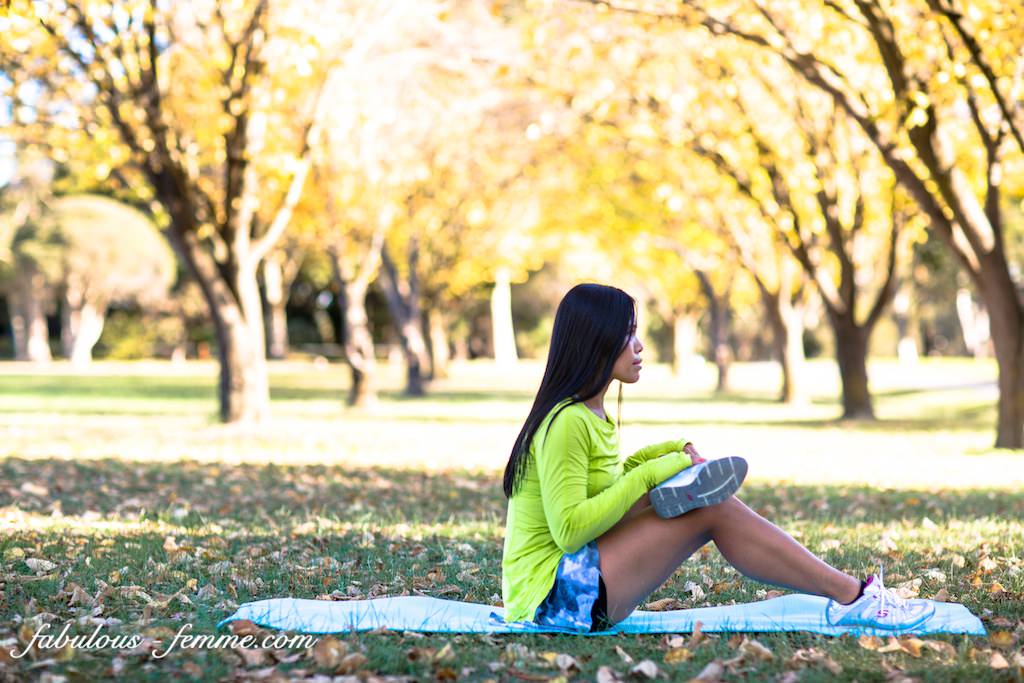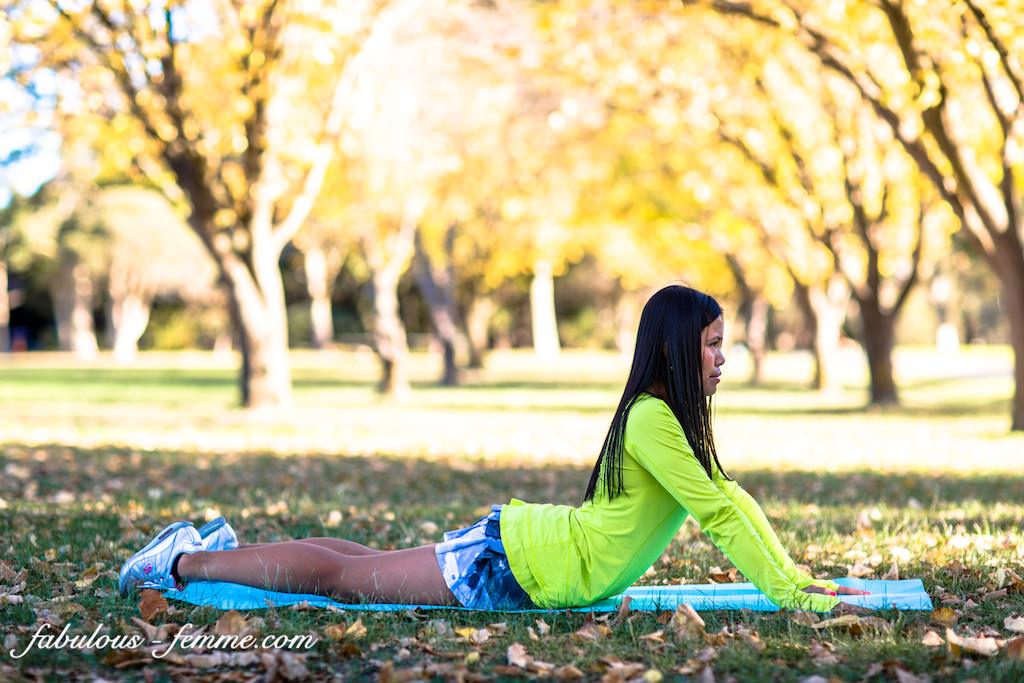In my clinic I deal with sore backs daily. It can vary from being slightly stiff to very painful. If it’s related to tight or sore muscles, the stretches that I will share with you may give you some relief from back pain, when done on a regular basis.
I had suffered from back pain due to lifting my child, running, playing sports and having a bad habit of collapsing on my arches! I made many visits to therapists for relief from my back pain, but no-one helped me long term. In the end, I discovered that I had to stretch on a regular basis to keep all my back pain away – plus giving up my heels and wearing proper shoes!
Before beginning any of these stretches, please visit your health professional to make sure they are appropriate for you. If your back pain is chronic or extremely painful, seek medical advice to clear any underlying conditions.
These stretches may help tightness or soreness related to the following activities :
- Wearing of high heels
- People who collapse on the arches (foot pronation)
- Regular exercise – walking, running, gym, sports etc.
- Heavy lifting
- Carrying children
- Prolonged sitting at a desk.
- Driving long distances
- Climbing stairs
There are a lot more things which may cause tight or sore backs.
Who can do these stretches?
Stretching can be performed by the very young to the very old. Apart from my own son, who is three years old, my youngest client was seven. He benefitted from the treatment he received from me and the stretches that I suggested that he should do.
My oldest client was an eighty year old gentleman who could barely walk fifty meters, when pain would stop him. Within a week of doing his stretches, he was able to do laps of the shopping mall without any back pain at all! He was very dedicated with his stretching, doing them many times throughout the day.
What does stretching do?
When I massage people, I’m stretching out their muscles for them. These muscles are normally very tight due to different reasons. When muscles become very tight, they can cause a lot of pain. Stretching regularly prevents muscles from becoming too tight, reducing the amount of pain they can cause. Tight muscles can remain painless, provided that you don’t require them to do anything! Pain will occur when you have tight muscles and you start to become active.
Warm up before stretching.
Stretches should never be attempted when you are cold. They are best done when the body is warm, such as first thing in the morning when you get out of bed. Stretching is great straight after exercise and during your cool down time. This may be up to an hour after you finished your workout. You will benefit from stretching after a hot bath, spa or sauna.
Stretching can take as little as 10 minutes, but provides multiple benefits to the body:
- Decreases pain and soreness after exercise
- Improves circulation
- Improves range of motion
- Improves posture
- Decreases muscle tension
- Reduces muscle soreness
- Improves your ability to relax
Stretching comes in the form of a “warm up” and a “cool down.”
Warm up:
- Helps to raise body temperature
- Increases blood flow
- Promotes oxygen supply to the muscles
- Helps prepare the mind, muscles and joints for the physical exercise to come
Cool down:
- Prevents blood from pooling in your limbs
- Helps prevent waste products, such as lactic acid, from building up in your muscles
- Helps your muscles and tendons relax and loosen, stopping them from becoming stiff and tight.
How to perform the stretches.
These stretches should be done carefully and slowly to prevent injury. If there is pain while doing any of these stretches, stop doing the stretch. You should not bounce while stretching (known as ballistic stretching). You should only stretch as far as you are comfortable.
Wear comfortable clothing for stretching, so that the stretches are not limited by tight clothing.
- Perform balanced stretching. This means you should always stretch the muscles on both sides of your body evenly. Don’t stretch one side more than the other.
- Avoid over-stretching. Never stretch to the point of pain or discomfort. You will feel slight tension or a pull on the muscle at the peak of a stretch.
- Go slow! Always stretch slowly and evenly. Hold the stretch about 15 seconds and release slowly as well.
- Never bounce or jerk while stretching. This can cause injury as a muscle is pushed beyond its ability. All stretches should be smooth and slow.
- Don’t forget to breathe! Flexibility exercises should be relaxing. So deep, easy breathing is important.
In my next blog posts I will explain you some easy stretches in detail … so stay tuned:
Stretch 1: Hip and Buttock stretch for lower back pain relief (2 Versions)
Stretch 2: Stomach Stretch (Cobra Stretch) for lower back pain
[hr]
Other stretches:
Stretch 3: Hamstring Stretch
Stretch 4: Quadriceps
The above information is presented as a general guide. The author takes no responsibility for any possible consequences from any treatment, procedure, exercise, action or application of medication based on this information.



